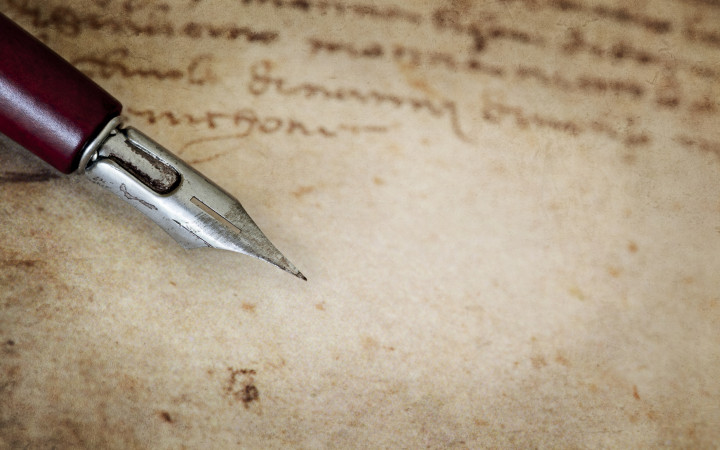Today’s Wonder of the Day was inspired by Peter. Peter Wonders, “What is the hardest cipher to crack?” Thanks for WONDERing with us, Peter!
If you’ve been WONDERing with us for a while, you might be pretty good at reading secret messages. But even the most experienced decoders are stumped by the topic of today’s Wonder of the Day. What are we talking about? The Voynich Manuscript!
Experts think the Voynich Manuscript was written in the 15th Century. Who wrote it? No one is quite sure, but historians believe it came from Central Europe. Since then, it’s passed through several hands. Most recently, it was purchased by Wilfrid Michael Voynich, a book dealer, in 1912. That’s where the document got its name.
So, what does the Voynich Manuscript say? That’s a great question—no one knows! In fact, experts aren’t even sure what language it’s in. A recent study found that the writing is likely Hebrew. However, the same study said the document may also be in Malay, Arabic, or Amharic.
To muddle matters further, the Voynich Manuscript was likely written in code. Most experts think a substitution cipher was used. In this method, a person can encode a message by switching some letters of the alphabet with made-up characters. That means we may never know what was truly written by the author of this mysterious book.
Still, whoever wrote the Voynich Manuscript had a lot to say. Today, the book contains 246 pages. Those who have studied the document say that some pieces may be missing. They also think some pages may be out-of-order.
What keeps people so interested in a book they can’t even read? The Voynich Manuscript is full of strange illustrations. It has images of people, castles, and dragons. There are also drawings of strange plants and astronomical signs. These pictures give experts an idea of what the book may be about. They think it has six sections. These include herbs, astronomy, biology, cosmology, medicine, and recipes.
Over the years, countless people have tried to read the manuscript. So far, none have been able to do so. The mathematician Alan Turing even tried to decode the document. He helped break the German Enigma code during World War II. But he was unsuccessful with the Voynich Manuscript.
Most recently, Professor Greg Kondrak and his student Bradley Hauer tried to crack the code. They had the help of Artificial Intelligence. The two used Google Translate to try to identify the language the book was written in. That’s how they decided it was most likely Hebrew.
Next, Kondrak and Hauer tried to unscramble the code itself. Based on their findings, they think they may have decoded the first sentence. It might say, “She made recommendations to the priest, man of the house and me and people.”
Of course, Kondrak and Hauer’s findings aren’t certain. Their interpretation of the first sentence could be wrong. Many experts have pointed out flaws in the experiment. However, it does provide a starting place for those interested in helping to decode this centuries-old manuscript.
Would you like to try your hand at reading the Voynich Manuscript? Maybe you will make the next breakthrough that cracks the code! Until then, the book may remain one of the world’s greatest enigmas.
Standards: CCRA.L.3, CCRA.L.6, CCRA.R.1, CCRA.R.2, CCRA.R.4, CCRA.R.10, CCRA.SL.1, CCRA.SL.2, CCRA.W.3, CCRA.L.1, CCRA.L.2




